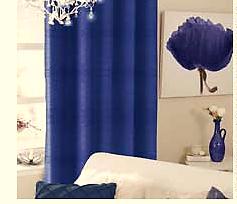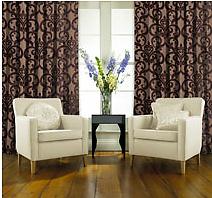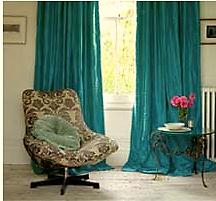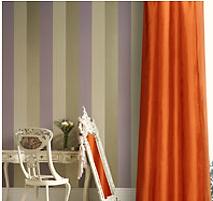How to Measure for Curtains
Video
This guest post for Buildipedia was written by Sarah Oxley on behalf of Custom Curtains, providers of made to measure curtains. Sarah is an interior design enthusiast, and here she shows us how to accurately measure windows for curtains.
The right window treatment can tie the design of a room together, while a badly chosen one can take the whole room down with it.
Curtains are a safe option when it comes to window treatments; they are a classic option for a reason. Their elegance and versatility means that they can be a useful asset to a room or even the main feature of it.
Measuring for curtains can be a challenge if you’re not sure what you’re doing, and irreversible mistakes can easily crop up near the beginning of the process. These mistakes are easily preventable, if you have the right curtain measurement guide.
Measure the Width
Measuring for the width of curtains is the crucial measurement aspect, and this is often where things go wrong. If a track or curtain pole is already in place, then be sure to measure the width of this track or pole, and not the width of the window. If you just measure the width of the window, then when you want to hang the curtains, you’ll find that you don’t have enough material to cover it.
When measuring a curtain pole, remember to include the finials (decorative ends) in the measurement.
For measuring a track with an overlap, simply measure the track, then the overlap, and add the measurements together.
If you’re in a new home with neither of these in place, then a good rule of thumb is to add 15–20 cm to each side of the window width. This gives you enough extra material to ensure that the curtains will hang neatly and cover the whole window.

Measure the Length
When measuring the length, you have a lot more freedom than with the width, but mistakes can still occur. Be sure to measure from the curtain pole or track instead of starting from the window, otherwise the curtains may end up longer than you wanted.
Traditionally there are three length options to choose from, which are displayed on the diagram above.
A: Floor length, meaning that the curtain is 1.5–3 cm above the floor.
B: Above the radiator, meaning that the curtain ends approximately 1–3 cm above the radiator.
C: Below the window sill, meaning that the curtain ends approximately 15 cm below the window sill, but it can be shorter if you like – just be sure that the window is completely covered.
Curtain Trends
While the above styles represent the three traditional curtain lengths, you can find some curtains going against the norm, such as the sweeping curtain length that elongates the look of the curtain as well as the window.


Color plays a very significant role with curtains, and choosing a bold color that is then matched with other accessories such as cushions, vases, and even wall art is a popular and useful design trend for any room.
Although a plain yet bold color has a very strong effect on a room, adding a strong pattern to your curtains can do the same. It can also add an atmosphere of elegance and luxury.


If you enjoy the idea of following interior design trends but aren’t sure how to implement them or how far to go, then consider adding some curtains in the latest style. That way you’re up to date and can still mix things up if you get tired of the look. The color of 2012 is Tango Orange, and here’s an example of how you can mix orange colors with your design. The stripes of the wall paper help to tone down the color without it losing its "wow" effect.

